4 Delicious Still Lifes to (Re)Discover Claude Monet
Amazing Impressionist landscapes, wonderful water lilies, the floral explosion at the famous Giverny garden… But what is perhaps less known...
Andra Patricia Ritisan 14 November 2024
While Eva Gonzalès’ privileged upbringing and supportive family gave her the opportunities to grow in her artistic abilities and broaden her social circle, she was still a woman in a male-dominated world. When it comes to the Impressionist movement in art, there are many recognizable names: Manet, Monet, Degas, and Pissarro, to name a few. Within that line-up, there are only a few women; and even fewer are deemed “great” by the world’s standards. Female artists such as Mary Cassatt and Berthe Morisot may ring a bell. But what of other female artists who painted and lived in the same social circle as the above artists but of much is not known? One such artist, Eva Gonzalès, proves that art world was not just a man’s world.
Eva Gonzalès (1849–1883) was born in Paris to a novelist father and a musician mother who supported their children’s creative abilities. At a young age, she studied under Charles Chaplin at his private studio for female artists, and later, in 1869, Édouard Manet took her on as a model and then his only private student.
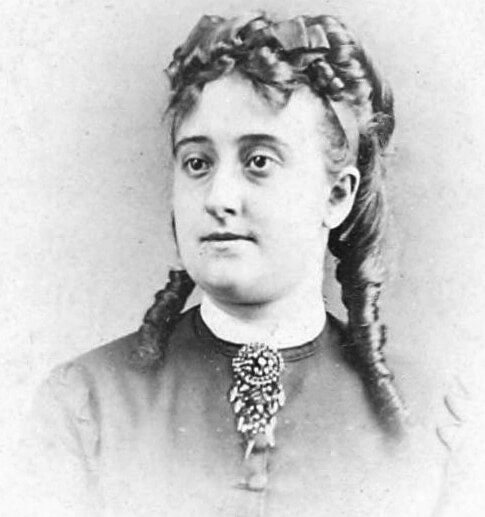
While women artists were flourishing in higher numbers than ever before towards the end of the 19th century, the notion of a woman’s role at home held them back from possibly succeeding like their male counterparts. In a quote pulled from an essay on Women Impressionists, art historian Griselda Pollock makes the point that:
To be a woman artist in the 19th century was to be on the margins of culture but also at its center.
Griselda Pollock, Women Impressionists.
No doubt, her family’s position in society afforded her unique opportunities as a young female artist. And while she could not attend the academic schools for male artists, though her family could afford it, her social connections helped her in becoming an artist. She formed her own style of painting and drawing and earned her own recognition in the Impressionist circle of Paris.
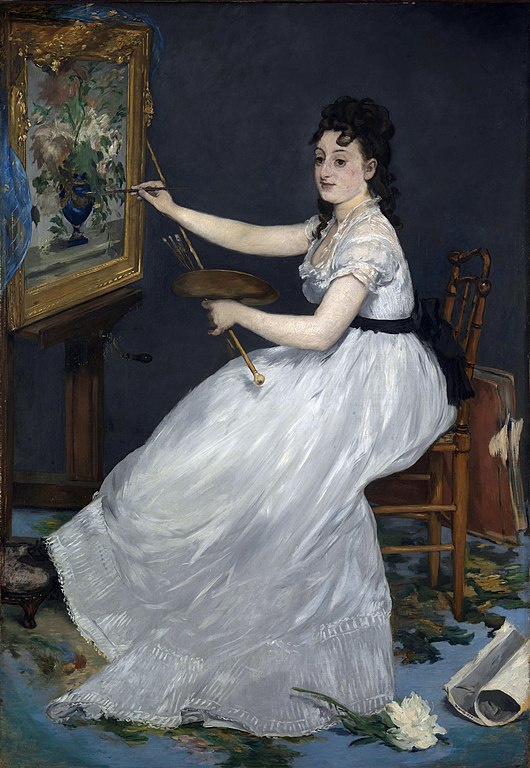
Like Mary Cassatt and Berthe Morisot, Gonzalès’ oeuvre is filled with portraits and studies of women and children. She focused on the same themes as her colleagues in her early career, moving on to her own style and palette of colors in later years.

But Gonzalès’ oeuvre stands out because she did not seek to be shown in Impressionist salons. Instead, she focused on the prestigious and traditional Paris Salon.
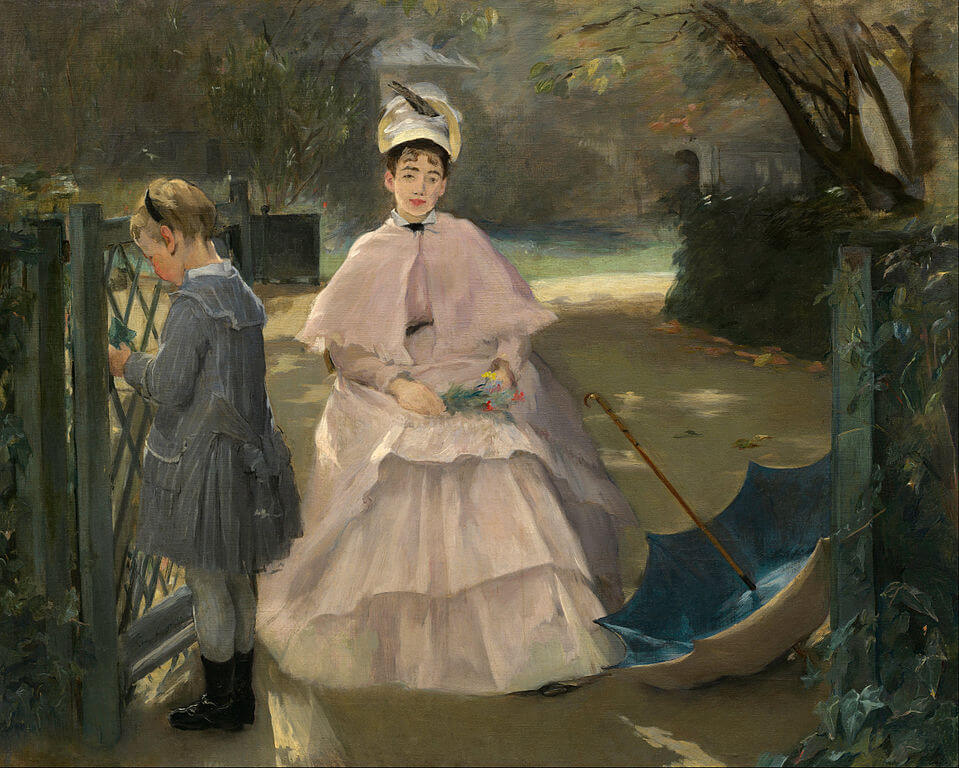
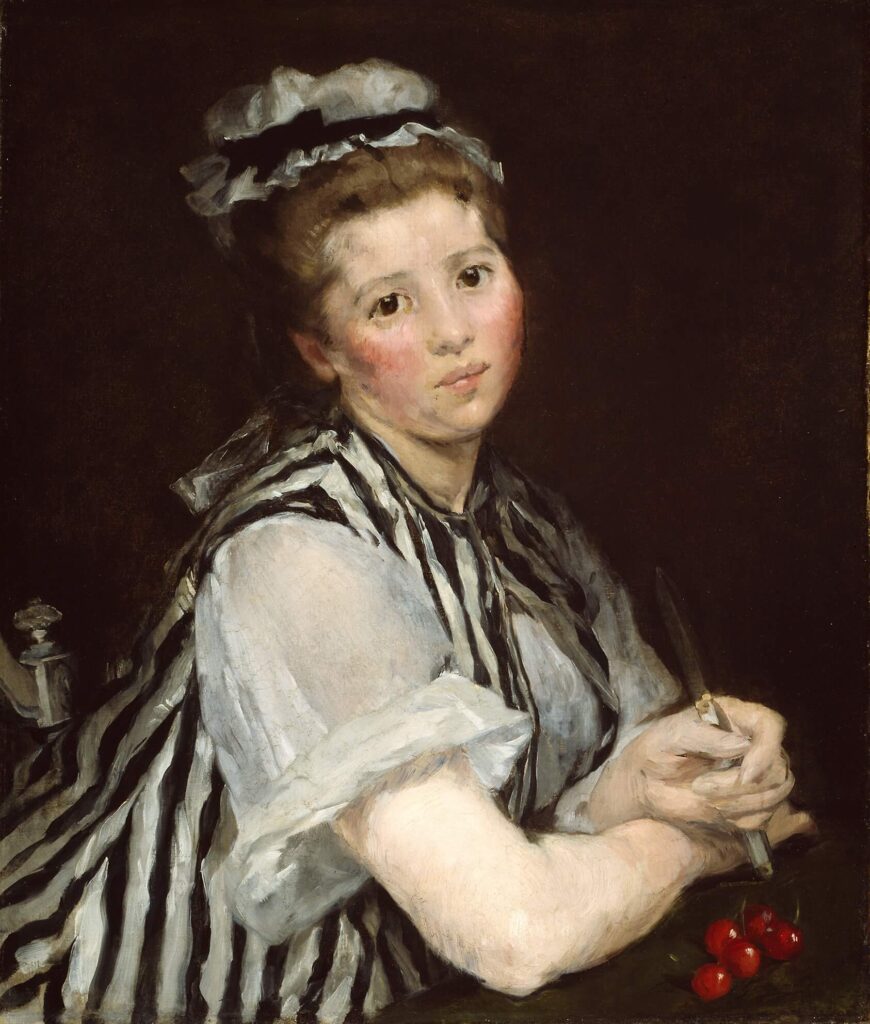
She exhibited with the help of Manet and also showed alongside him; art historians believe she never gained the trajectory of other similar artists because she was often in Manet’s shadow.
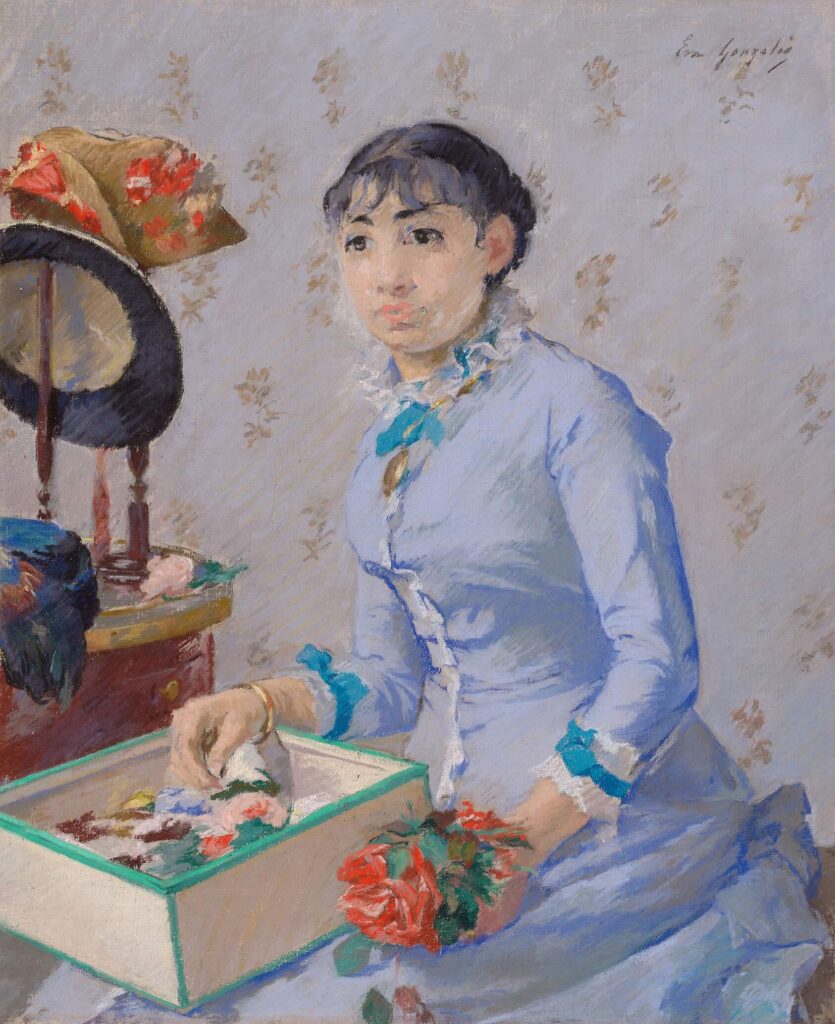

Her sister, Jeanne Gonzalès, featured heavily in her paintings and pastel pieces. The younger Gonzalès sister, who modeled for and learned from Eva, would later marry Eva’s widowed husband.
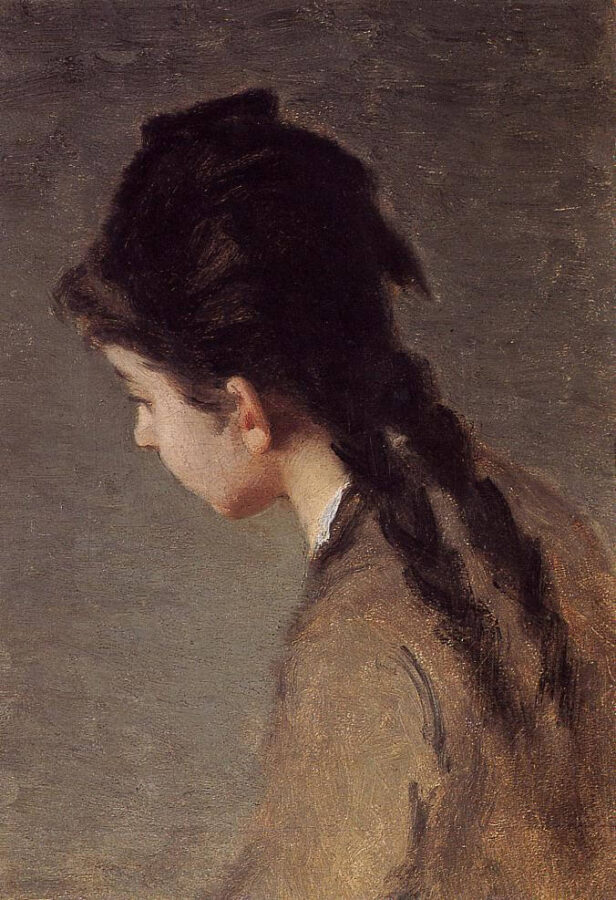

The following painting not only shows an influence by Manet, but it closely resembles Manet’s Le Fifre, it is as if the two paintings were a set. However, Gonzalès’ work is more three-dimensional than her mentor’s painting. At 21, this painting was one of her first accepted pieces to the 1870s Salon. But even then, despite her natural talent, the critics did not take her seriously.
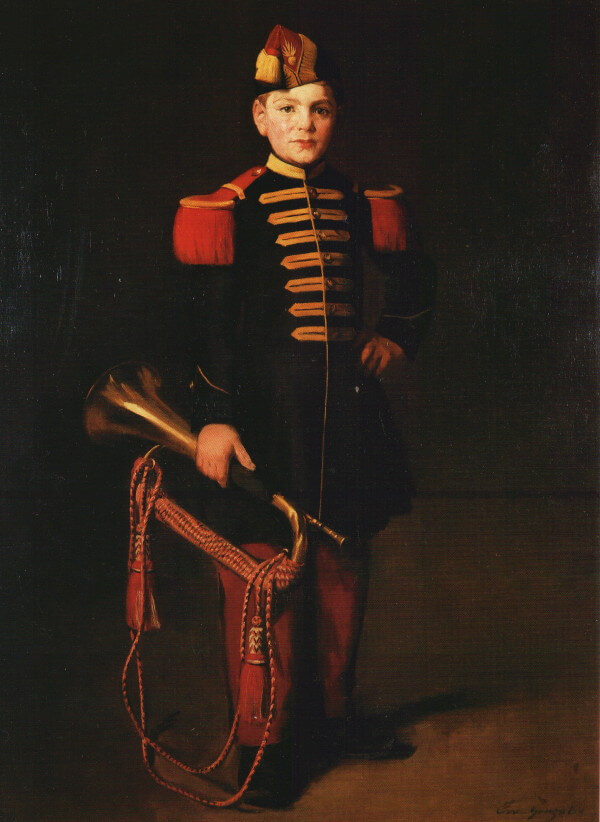
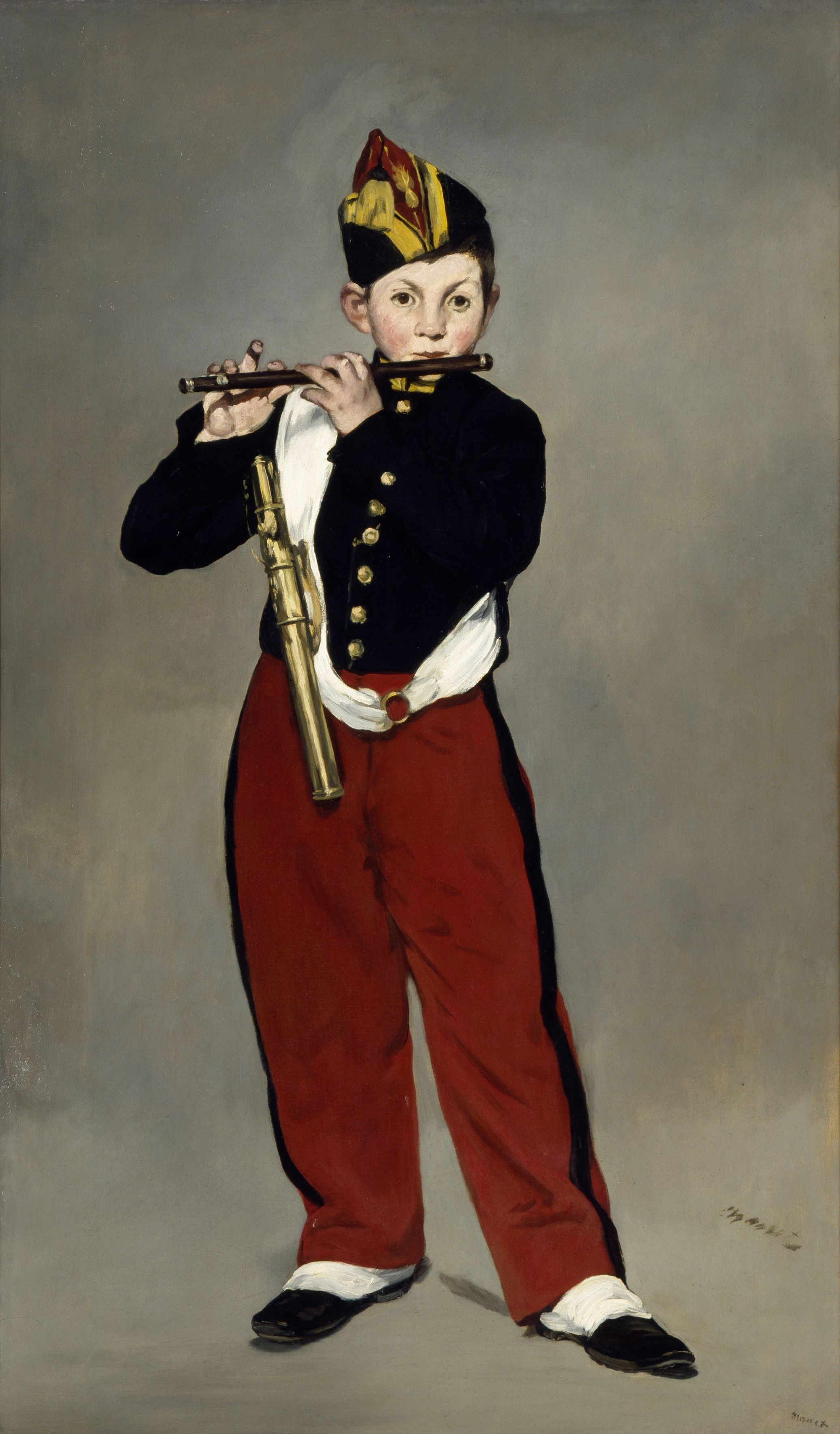
Sadly, in 1883 she passed away after giving birth to the only son she had with the French engraver, Henri Guérard. She left behind roughly 124 oil paintings and pastels which are both in private collections as well as a number of art museums across the world.
Though she never achieved the “celebrity status” of her colleagues and passed away much too young, Gonzalès’ work is worth a look if you are wanting to learn more about female artists in art history; along with how their audiences and colleagues perceived them.
Heller, Nancy G. Women Artists: An Illustrated History, 3rd ed. New York City: Abbeville Press, Ltd, 1997.
Strobel, Heidi A. Woman’s Art Journal 31, no. 1 (2010): 45-48. Accessed July 15, 2020.
DailyArt Magazine needs your support. Every contribution, however big or small, is very valuable for our future. Thanks to it, we will be able to sustain and grow the Magazine. Thank you for your help!